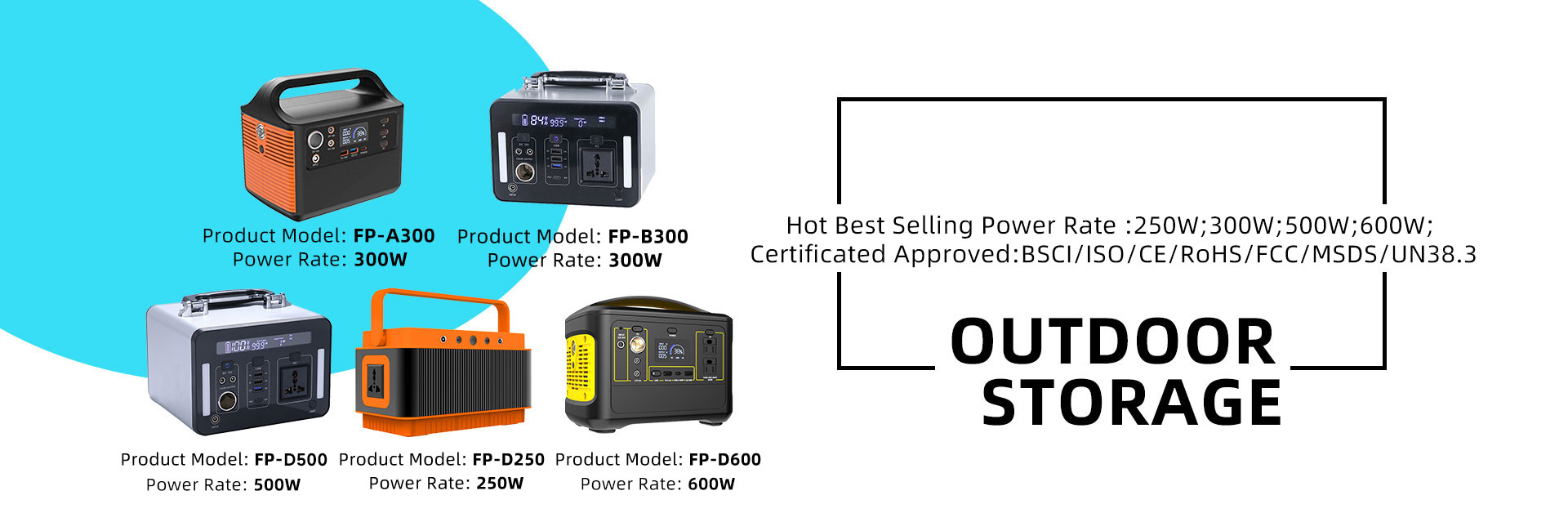Some might argue that without energy storage, a solar system might be of little use.
And to some degree some of these arguments may reign true, especially to those looking to live off-grid disconnected from the local utility grid.
In order to understand the importance of solar power storage, one must look to how solar panels work.
Solar panels are capable of producing electricity thanks to photovoltaic effect.
However, in order for the photovoltaic effect to take place, sunlight is required. Without it, zero electricity is created.
(If you are interested in learning more about the photovoltaic effect, we urge you to read this brilliant explanation by Britannica.)
So when we are without sunlight, how can we access electricity?
One such way is through the use of a solar battery.
WHAT IS A SOLAR BATTERY?
In the simplest terms, a solar battery is a battery designed to store electricity produced by solar panels.
Every solar battery is made up of the following four components:
Anode (-)
Cathode (+)
A porous membrane that separates the electrodes
An electrolyte
The nature of the components mentioned above will vary, depending on the type of battery technology you are working with.
Anodes and cathodes tend to be made of metal and are connected by a wire/plate which is immersed in the electrolyte.
(An electrolyte is a liquid substance that contains charged particles called ions.
With oxidation, reduction occurs.
During discharge, an oxidation reaction causes the anode to generate electrons.
Due to this oxidation, a reduction reaction is occurring at the other electrode (cathode).
This causes a flow of electrons between the two electrodes.
Additionally, a solar battery is capable of keeping electrical neutrality thanks to an exchange of ions in the electrolyte.
This is generally what we call the output of the battery.
During charging, the opposite reaction occurs. Oxidation at the cathode and a reduction at the anode.
SOLAR BATTERY BUYER’S GUIDE: WHAT TO LOOK FOR?
When you are looking to buy a solar battery, you will want to pay attention to some of the following criteria:
Battery type
Capacity
LCOE
1. BATTERY TYPE
There are various different types of battery technologies out there, some of the more popular are: AGM, Gel, lithium-ion, LiFePO4 etc. The list continues.
The battery type is determined by the chemistry that makes up the battery. these varying factors affect the performance.
For example, LiFePO4 batteries have much more life cycles than AGM batteries. Something you may want to consider when choosing which battery to purchase.
2. CAPACITY
Not all batteries are made equal, they all come with varying degrees of capacity, which is generally measured in either amp hours (Ah) or watt hours (Wh).
This is important to consider before purchasing a battery, as any mis judgement here and you may have a battery that is too small for your application.
3. LCOS
The Levelized Cost of Storage (LCOS) is the most appropriate way to compare the cost of different battery technologies. This variable can be expressed in USD/kWh. The LCOS takes into account expenses in conjunction to energy storage over the lifespan of a battery.
OUR PICK FOR BEST BATTERIES FOR SOLAR POWER STORAGE: Flighpower FP-A300 & FP-B1000
Post time: May-14-2022






